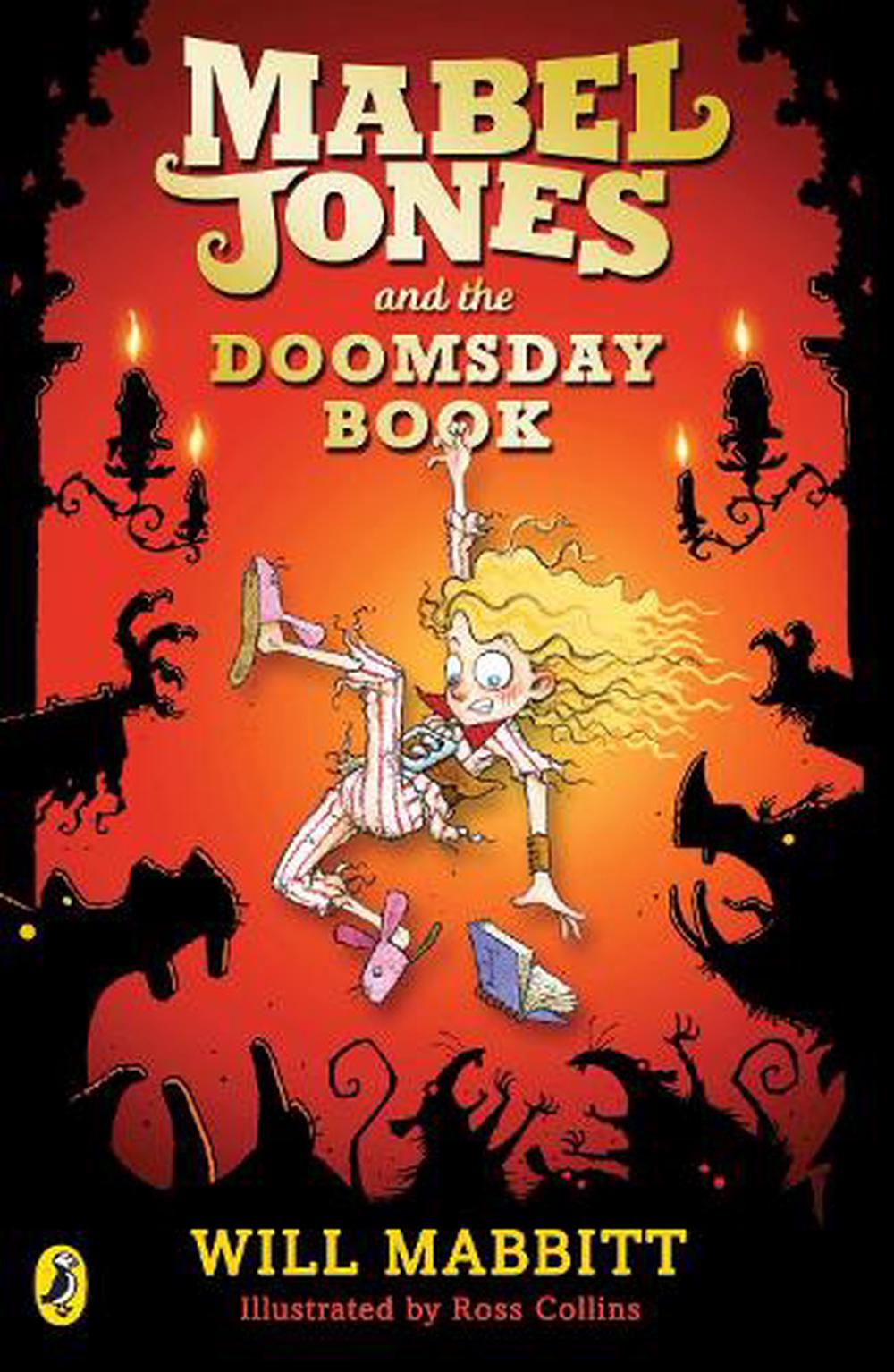

‘Domesday Book’ is the collective term for these two volumes: the Great and Little Domesday Book. This would explain why he did not write up the return for the eastern circuit, which also survives in its original form and is known as Little Domesday Book. It is possible that news of William’s death, on 9 September 1087, brought the scribe’s work to an abrupt end. Scholars estimate it would have taken at least a year to write. The scribe probably began in late summer 1086 while results from the inquest were still coming in. This volume is now known as Great Domesday Book. (Photo by The Print Collector/Print Collector/Getty Images)įinally, a single scribe was assigned the task of turning all seven circuit returns into a single document. As we shall see, this was a crucial focal point for the whole survey.Ī 19th-century depiction of scribes working on the Domesday Book. Although called the ‘Exon Domesday’, it is now known to have been written at Old Sarum, a castle-and-cathedral complex near Salisbury. One of their returns survives in its original form, covering the south-western shires: Cornwall, Devon, Somerset, Wiltshire and Dorset. Once the inquest hearings were complete, the commissioners and their scribes wrote up the results.

The monks of Ely later remembered him as “a hungry lion, a prowling wolf, a crafty fox, a filthy pig, a shameless dog,” and to judge from the number of challenges to his title registered in Domesday Book, they said as much at the inquest. For example, Picot, the sheriff of Cambridgeshire, suffered a torrid time at the inquest. There must have been a moment of hushed excitement each time the crucial question was asked at the inquest: “Who holds the land now?” Thousands of verdicts were challenged, and not even the most powerful lords were immune. These must have been exciting and dramatic occasions… The Domesday inquest was conducted at extraordinary meetings of shire courts throughout the kingdom.

It is known that some landholders even tried to pack Domesday juries with clients who could be relied on to support their verdicts, with varying degrees of success. This transformed the inquest into a political drama. Every landholder was called to give evidence before commissioners and panels of local jurors. These must have been exciting and dramatic occasions.

Then came the main event: the Domesday inquest, conducted at extraordinary meetings of shire courts throughout the kingdom. Who held it in 1066? Who holds it now? How many people live there? How much livestock, woodland and meadow has it? What is its tax rating? How much money does it generate? Landholders and royal officials had a few weeks to gather the necessary information. They were given terms of reference: a checklist of questions to answer for every parcel of property. Commissioners were appointed to conduct the survey in each circuit and, to ensure neutrality, they each served on circuits in which they did not themselves hold land. The kingdom was divided into seven ‘circuits’, most with five shires. The first step was to work out logistics. The key to understanding why it was produced is establishing how it was made. (Photo by VCG Wilson/Corbis via Getty Images) Why was Domesday Book made – and what was it used for? Faced with the prospect of political and military catastrophe, William the Conqueror unleashed a bureaucratic fact-finding exercise.


 0 kommentar(er)
0 kommentar(er)
